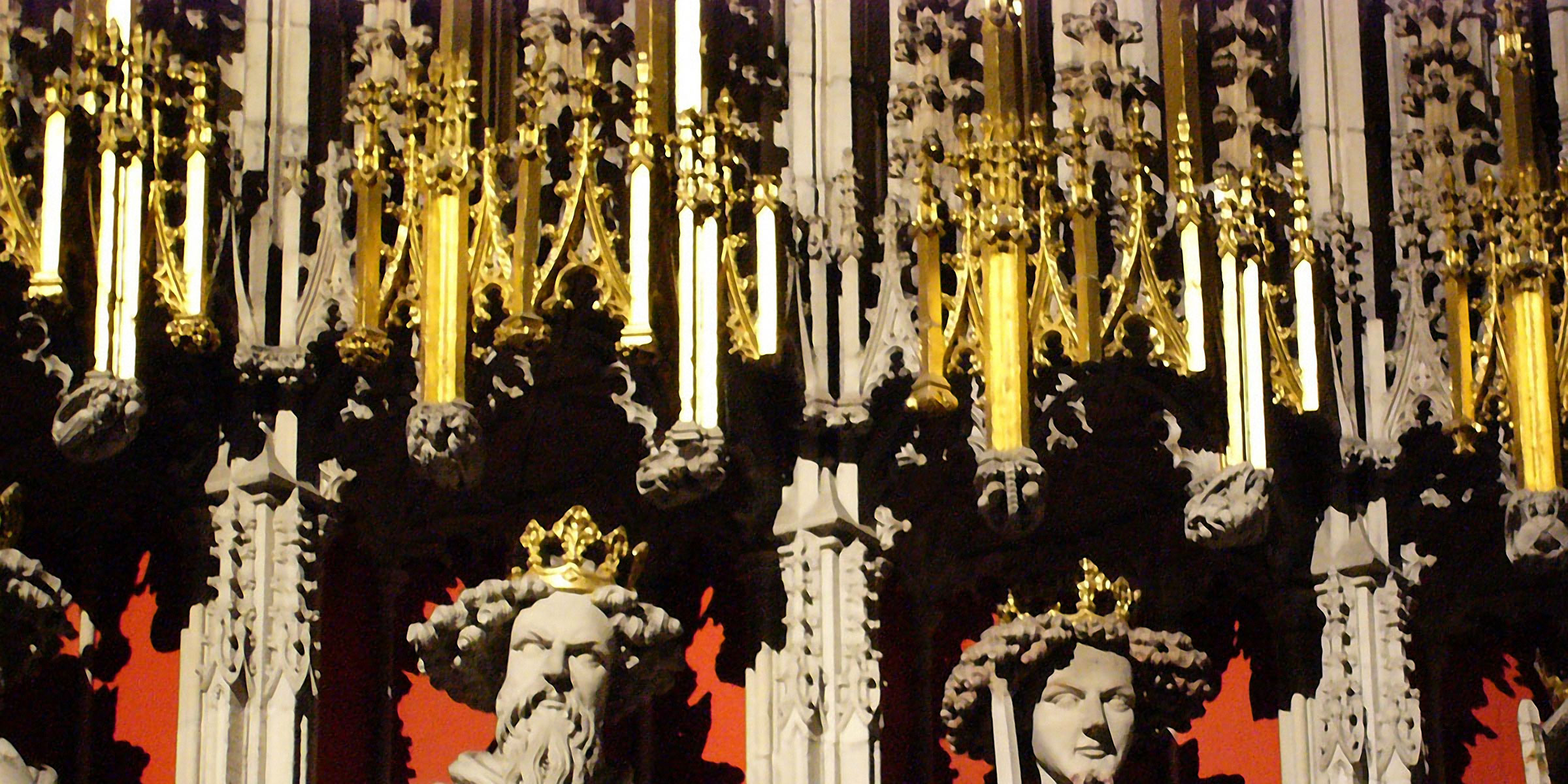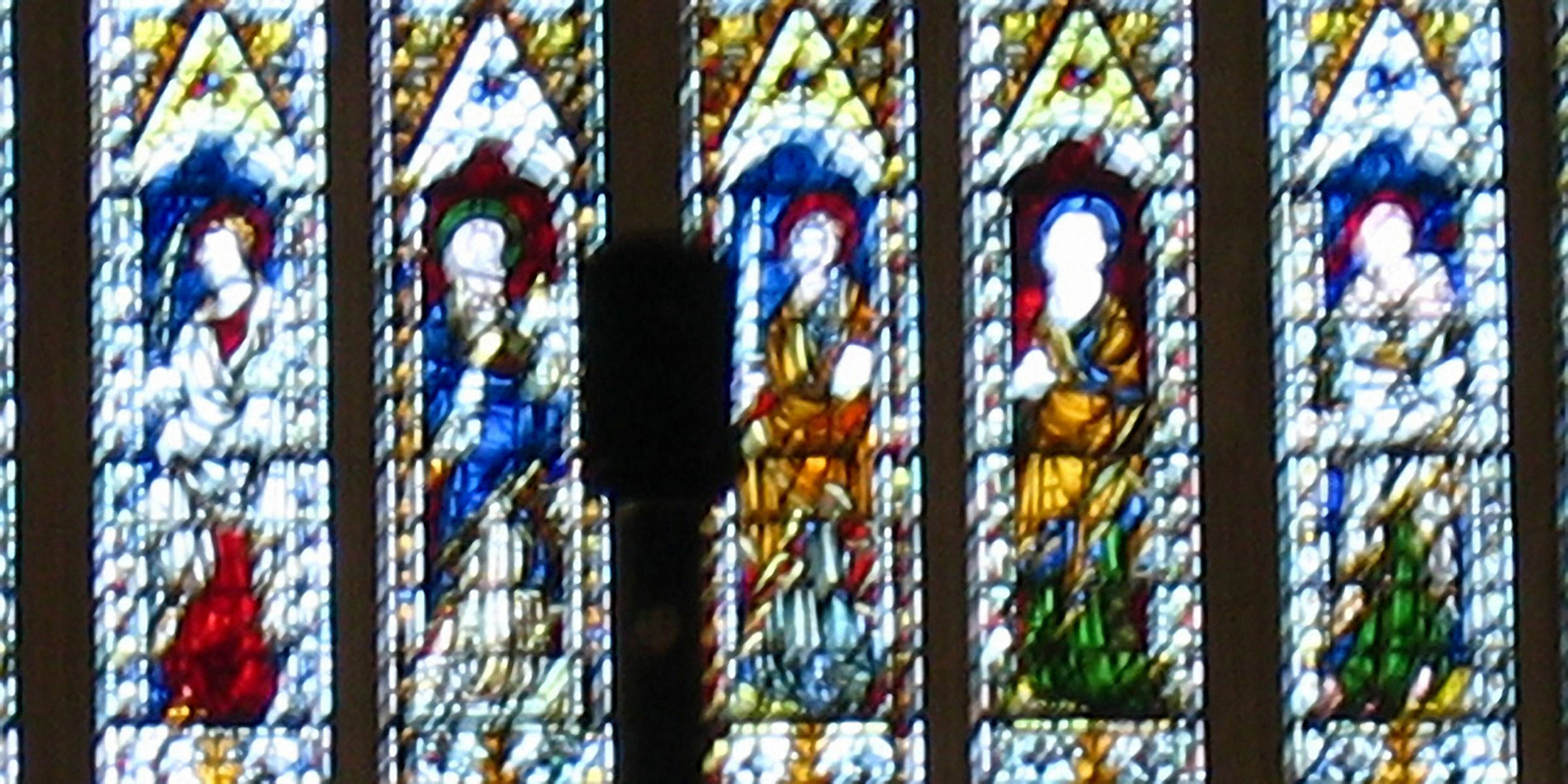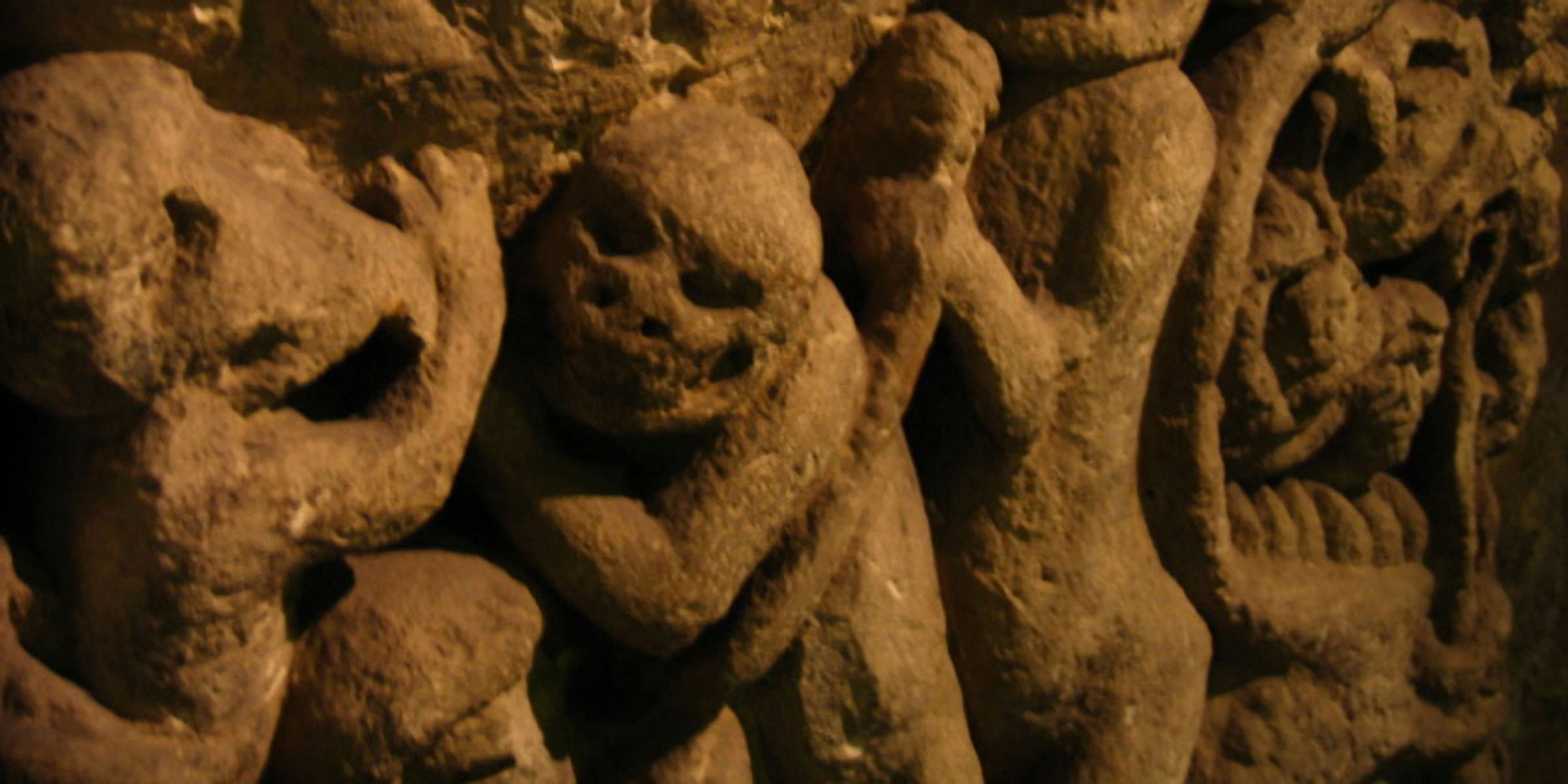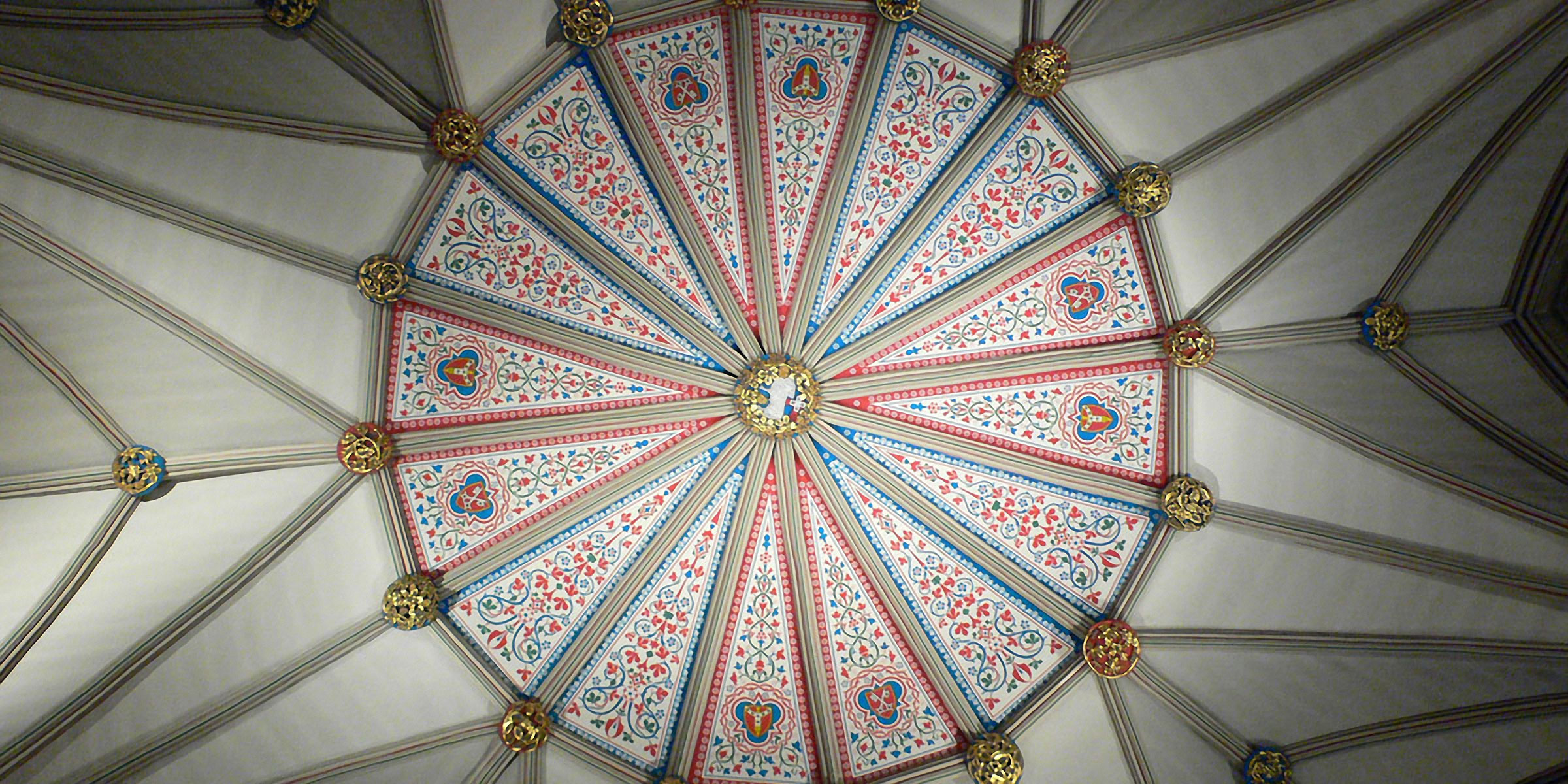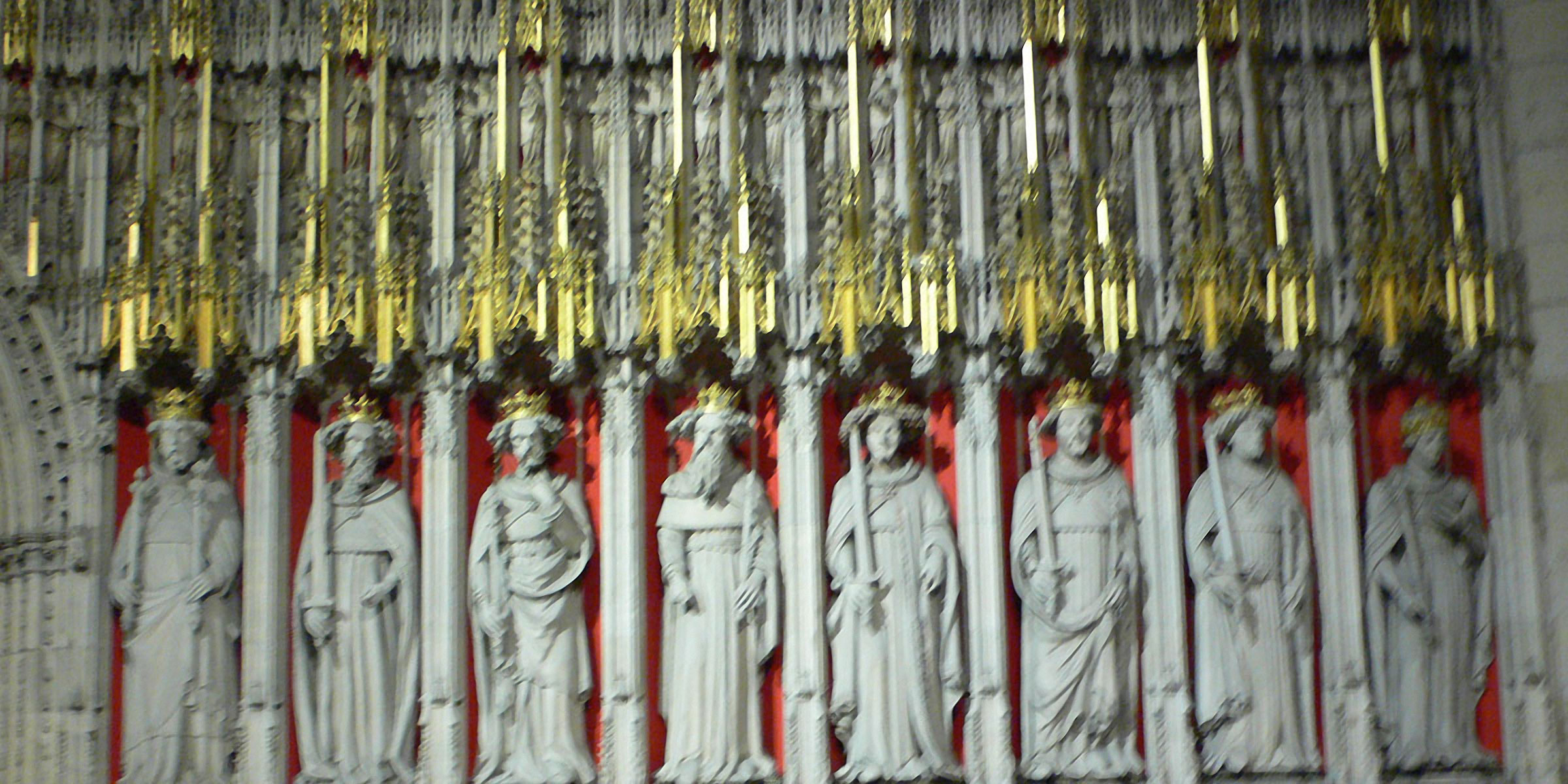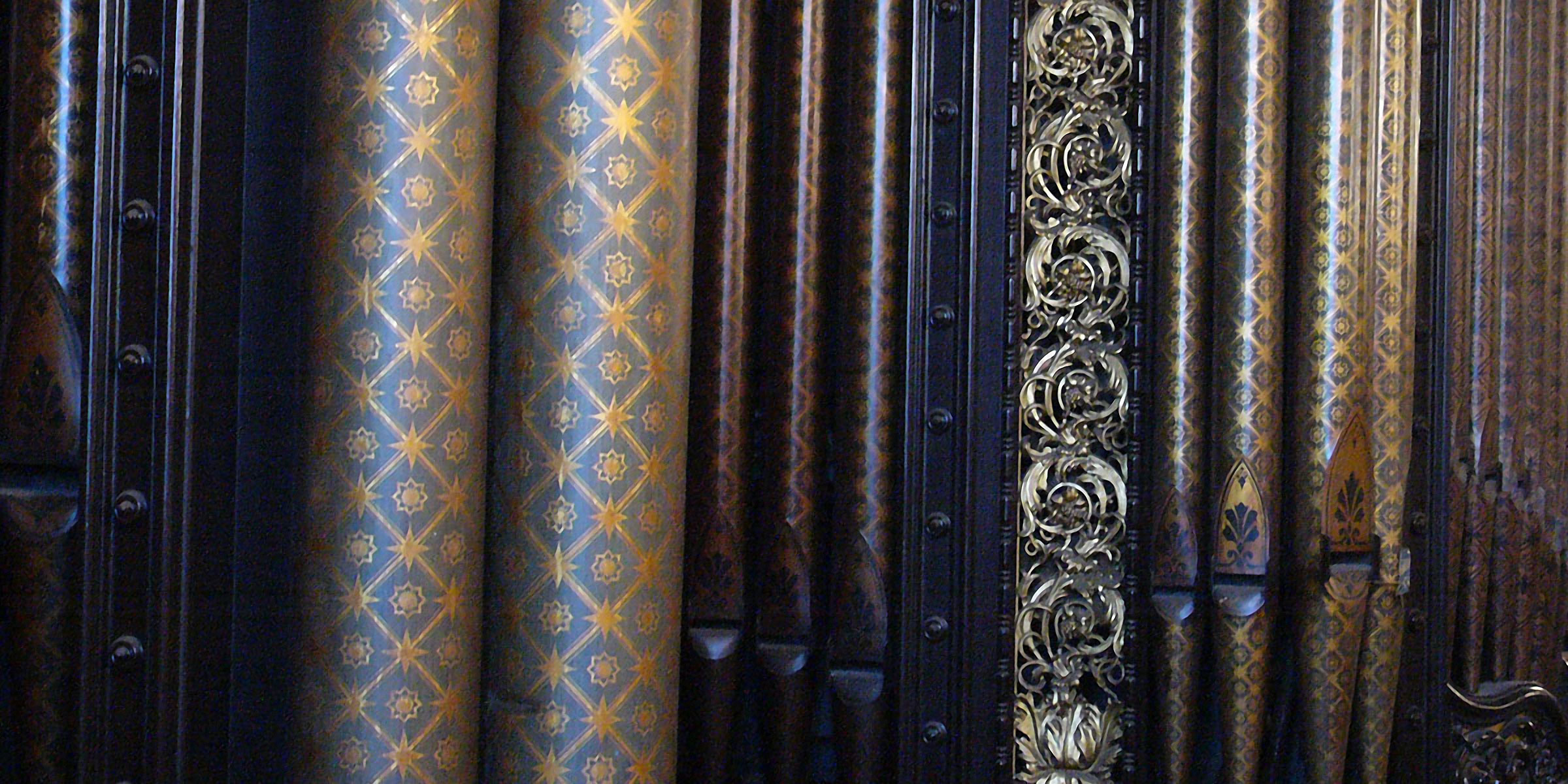The 17th Spire took place at Union Chapel, London on 8th October 2016 as part of the ORGAN reframed Festival (7-9 October 2016)
The Union Chapel Organ Project and Touch are proud to present…
Spire
Union Chapel, London
700pm – 1030pm Saturday October 8th 2016
Spire: organ works past present & future performed by
Charles Matthews (organ)
Philip Jeck (turntables)
Fennesz (organ & electronics)
Simon Scott (Electronics)
John Beaumont (Tenor)
Claire M Singer (Organ & electronics)
The Eternal Chord (Organ)
The Players
Charles Matthews – www.charlesmatthews.co.uk
Born in 1966, Charles Matthews studied at the Royal College of Music, London, and was an organ scholar at Trinity College, Cambridge. His teachers have included Beryl Tichbon, Gwilym Isaac, David Pettit, Patricia Carroll, Nicholas Danby, Charles Spinks and Dr Richard Marlow. Charles has won numerous awards, perhaps most notably first prize in the 1999 Franz Liszt Organ Interpretation Competition in Budapest. His most recent solo recording is of Francis Routh’s cycle The Well-Tempered Pianist; some tracks from this CD can be heard free of charge at the composer’s website.
Recent engagements include solo performances in the UK and Spain, as well as duo recitals with flute, recorder, violin, ‘cello and voice. Performances in recent months include premières of new works by Susan Howley, Rob Jones and Andrew Glover-Whitley.
A collection of Charles’s compositions for flute and piano was published in 2006 by Schott.
Charles has performed for productions by the Royal Opera and Royal Ballet, and recorded music used in various theatres in Spain.
He is organist of St Catharine’s Church, Chipping Campden, Gloucestershire, and also contributes to the Spire organ and electronics project. He works extensively with young people, teaches piano at King’s High School, Warwick, acts as piano accompanist and organ tutor at the Birmingham Conservatoire, and works as conductor and contemporary music coach for the annual Curso Internacional Matisse at San Lorenzo de El Escorial, Spain, where he runs the Ensemble Postante.
John Beaumont – www.thestorytenor.co.uk
“From an early age I was nurtured by the music and liturgy of the Anglican Church at Emmanuel Church in Shelley, Yorkshire, where my father was the parish priest for 20 years. A former chorister and Canon Precentor of Wakefield Cathedral, he encouraged me to follow in his footsteps, and I joined Wakefield Cathedral choir aged 8, where I was afforded that most singular of musical educations – an English cathedral choral scholar. The rhythm of the church’s year marked my time until as Head Chorister I was singing Faure’s Pie Jesu in the West Riding Cathedrals’ Festival. Beyond university I became a Tenor Songman at York Minster, enjoying again, in its idyllic surroundings the daily rhythm of music in liturgy with its ebbs & flows… Beyond working with the three choral foundations at St Pauls Cathedral, Westminster Abbey and Westminster Cathedral, I was singing on film soundtracks, TV advertisements, working latterly with the BBC Singers in the Proms and exploring a more diverse repertoire. Music was complemented by an 18-year career in the marketing communications industry, firstly with EMI Records and then as an Account Director with one of the world’s largest advertising agencies, and it was here that I learned about the importance of the message and the craft of communication – of storytelling.”
The Eternal Chord – www.touch33.net/theeternalchord
There is no “correct” way to play the organ. Of course, there are strong and long traditions of how it should be played and by whom, but in the realm of time these rules count for nothing. The instrument has the largest frequency range of any acoustic instrument, and this unique aspect grants great freedom to the players. ALL STOPS OUT!!!
Based on an idea by Mike Harding which grew out of the Spire project, any number of players from two upwards can perform this majestic piece. Hildur Gudnadottir, Anna von Hausswolff, Maia Urstad, Marcus Davidson, Charles Matthews and others have all played alongside Mike Harding to offer various renditions of The Eternal Chord.
Simon Scott – www.simonscott.org
Simon Scott is a sound ecologist and multi-instrumentalist from Cambridge, England. His albums ‘Insomni’ (Ash International) and ‘FloodLines’ (Touch) are out now (see above). His work explores the creative process of actively listening, the implications of recording the natural world using technology and the manipulation of natural sounds used for musical composition. He plays the drums in Slowdive and has recently collaborated with artists James Blackshaw, Spire, Taylor Deupree (Between), Isan + many more.
Philip Jeck – www.philipjeck.com
Philip Jeck studied visual art at Dartington College of Arts. He started working with record players and electronics in the early ’80’s and has made soundtracks and toured with many dance and theatre companies as well as his solo concert work. His best known work “Vinyl Requiem” (with Lol Sargent): a performance for 180 ’50’s/’60’s record players won Time Out Performance Award for 1993. He has also over the last few years returned to visual art making installations using from 6 to 80 record players including “Off The Record” for Sonic Boom at The Hayward Gallery, London [2000]. In 2010 Philip won The Paul Hamlyn Foundation Composers Award.
Philip Jeck works with old records and record players salvaged from junk shops turning them to his own purposes. He really does play them as musical instruments, creating an intensely personal language that evolves with each added part of a record. Philip Jeck makes geniunely moving and transfixing music, where we hear the art not the gimmick.
Fennesz – www.fennesz.com
Fennesz uses guitar and computer to create shimmering, swirling electronic sound of enormous range and complex musicality. “Imagine the electric guitar severed from cliché and all of its physical limitations, shaping a bold new musical language.” – (City Newspaper, USA). His lush and luminant compositions are anything but sterile computer experiments. They resemble sensitive, telescopic recordings of rainforest insect life or natural atmospheric occurrences, an inherent naturalism permeating each piece.
You can hear an interview with some of the players here and read about the event here

